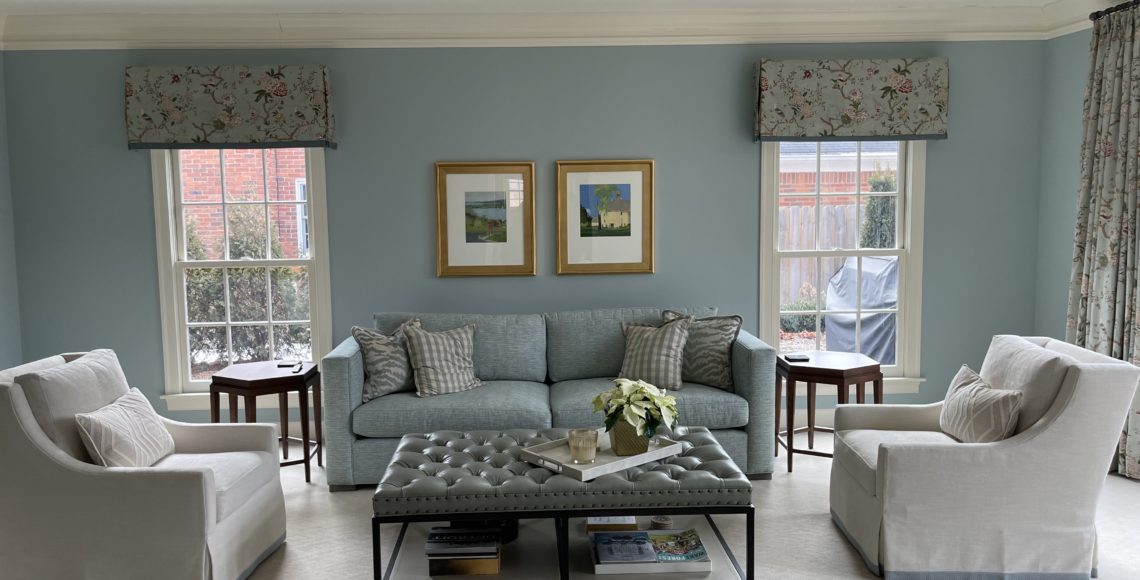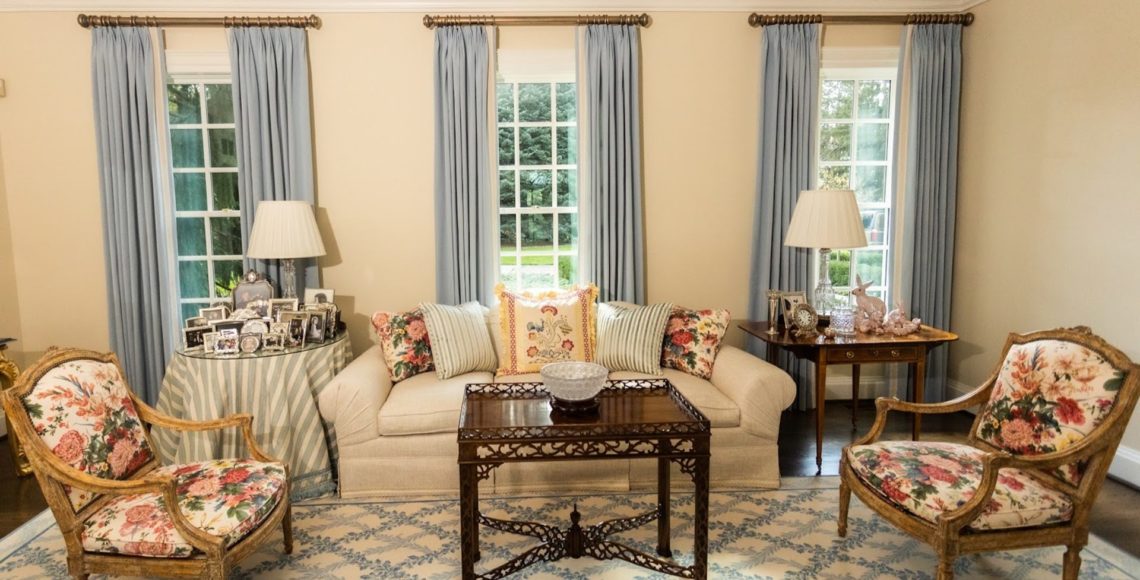Custom-Made Drapery vs. Store-Bought: A Comparison in Quality, Style, and Personalization
In the world of interior design, the selection of draperies is not merely about blocking light or providing privacy. They are elements of aesthetic expression that define the tone and ambiance of a space.
When it comes to drapery options, consumers generally find themselves choosing between custom-made and store-bought versions. While both offer unique benefits, tailor-made solutions offer distinctive advantages in terms of quality, style, and personalization.
Quality Craftsmanship: The Indisputable Value
Quality is where custom-made drapery triumphs. When you commission a bespoke creation, you work with experienced craftspeople who bring a high level of precision to the table.
Unlike mass-produced, store-bought drapes, custom-made draperies aren’t rushed on an assembly line. Each stitch is carefully placed, the fabric is meticulously selected, and every detail, such as pleating and hemming, is executed flawlessly.
Store-bought drapes, although available in a variety of materials, can’t guarantee the same level of quality. You may find decent options, but they are unlikely to match the superior craftsmanship of custom drapes. They are also often made with cost-effectiveness in mind, meaning inferior materials may have been used.
In addition, custom-made drapery offers durability that is often unmatched by store-bought versions. The quality materials and precision in construction ensure your drapes can withstand the test of time. You’ll enjoy your investment for years to come, without worrying about fraying edges or fading colors.
Unique Style: The Perfect Fit for Your Space
The next benefit of custom-made drapery lies in its ability to perfectly suit your aesthetic preference and the specific needs of your space.
Store-bought drapes offer a plethora of designs and colors, but they operate within the confines of popular trends and standard sizes. They don’t always cater to unconventional window sizes, unique architectural features, or individual style preferences.
Custom drapery, on the other hand, provides limitless style options. You can choose from a wider range of fabrics, patterns, and colors. From plush velvets to breezy linens, intricate damasks to sleek solids, the world is your oyster. You can also specify the type of drapery, be it roman shades, pleated curtains, or grommet drapes, and tailor the dimensions to fit your windows perfectly.
Having the liberty to design drapes that reflect your personal style and fit your windows impeccably is a significant advantage. Your curtains will not just serve their functional purpose, but will also act as an extension of your personality and enhance the overall aesthetics of your room.
Personalized Service: Taking Customer Experience to the Next Level
Opting for custom-made drapery often comes with personalized service, another perk rarely offered by store-bought alternatives. This usually involves consultations with a professional who can provide advice on the best choices for your home, in terms of both aesthetic and functionality.
They can guide you through the selection process, helping you decide on fabric types, colors, patterns, and even hardware options.
Moreover, custom drapery services often include professional measurement and installation. It eliminates guesswork and reduces the risk of choosing drapes that don’t fit your windows. The end result is a seamless, stress-free experience that leads to a perfectly executed final product.
Store-bought drapes, conversely, lack this level of personalized service. You have to measure your windows yourself, choose the drapes based on guesswork, and either install them yourself or hire a separate service to do it for you. It can be a more time-consuming and potentially frustrating process.
Investing in Custom-Made Drapery: A Worthwhile Endeavor
One potential drawback of custom-made drapery is the cost. It is generally more expensive than its store-bought counterparts due to the craftsmanship, quality materials, and personalized service involved. However, when viewed as an investment, the benefits certainly outweigh the cost.
With custom-made drapery, you’re not just paying for a product. You’re investing in quality, style, durability, and a level of personalization that store-bought drapes simply can’t provide. Plus, when you consider the longevity of bespoke curtains, the cost per year can end up being less than store-bought options that need frequent replacements.
In conclusion, while store-bought drapery serves its purpose and can be a reasonable choice for some, the advantages of choosing custom-made are too significant to ignore.
The unbeatable quality, the perfect fit, and the personalized service make tailor-made drapery a worthwhile investment for those looking to elevate their living spaces to the next level. By choosing custom-made, you’re opting for a bespoke solution that not only meets your needs but also reflects your individual style and personality.



